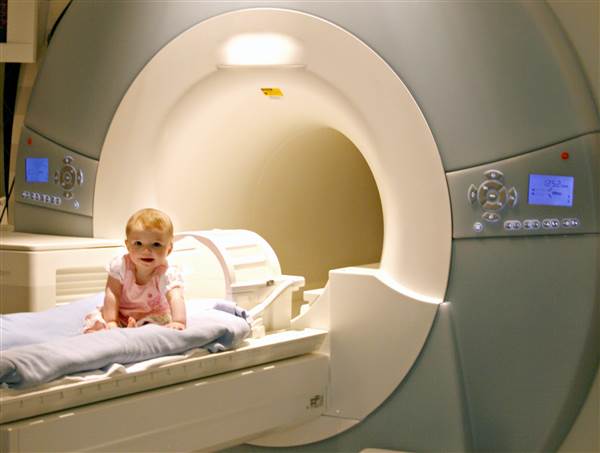
As modern medicine begins to rely more on technology, doctors are able to use more noninvasive diagnostics to pinpoint a patient’s condition. Whether your condition is something that happened last night or last month, modern technology gives doctors more options when it comes to treating, screening, and diagnosing patients. If you’re looking for quality diagnostic imaging in New Jersey, read on to learn more about the types of services offered at these medical facilities.

The Purpose of Diagnostic Imaging
Diagnostic imaging, or diagnostic radiology, uses safe levels of radiation to take images of the body. This allows doctors to see beyond physical exams and blood work and gather more useful information to improve patient care. As varied as the medical conditions that affect the body, the process of diagnostic imaging is based on the needs of the doctor and patient. When comparing broken bones to heart conditions, there are widely different imaging techniques necessary for a proper diagnosis.
Diagnostic Imaging Techniques
Not simply for diagnosing disease, diagnostic imaging can also be used for screening purposes and even treatment. For example, radiation can be used to treat certain cancers. After a patient receives radiation treatment, follow-up exams may use other methods of digital imaging to ensure treatment was successful or to look for any signs of cancer spread.
The doctor’s choice of imaging technique also relies on what the doctor is trying to see within the patient. Some techniques can take images of dense bone while others are better for visualization of hollow organs. The different types of diagnostic imaging available include the following:
- Radiographs or X-rays: both soft and bony tissue
- Ultrasound: soft tissue
- MRI (Magnetic Resonance Imaging): bony tissue
- CT (Computed Tomography): soft tissue
- Medicinal or Interventional Radiation: cancer treatment
Digital imaging allows doctors to achieve a more comprehensive exam by looking below the surface. By adding another aspect to diagnosing and treating disease, doctors can provide their patients with more accurate, higher quality care.

Leave a Reply